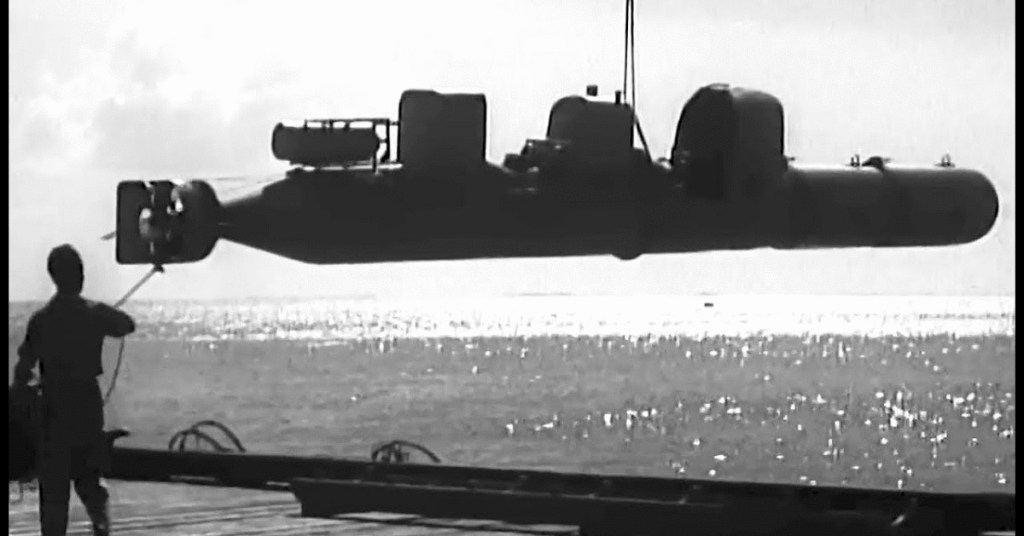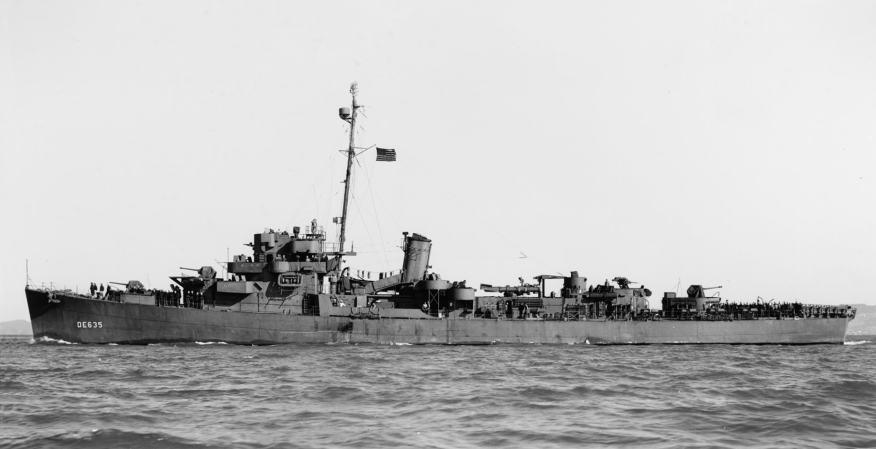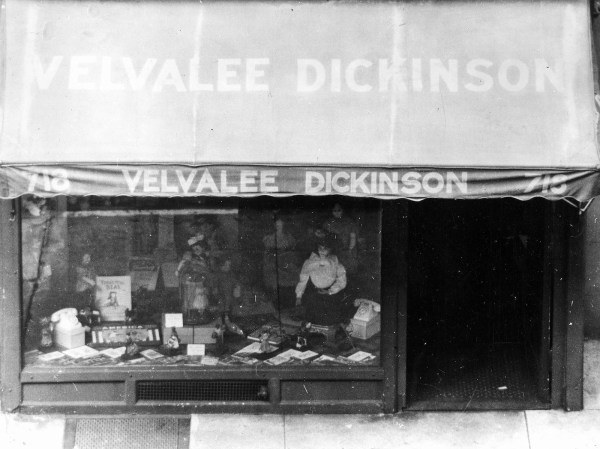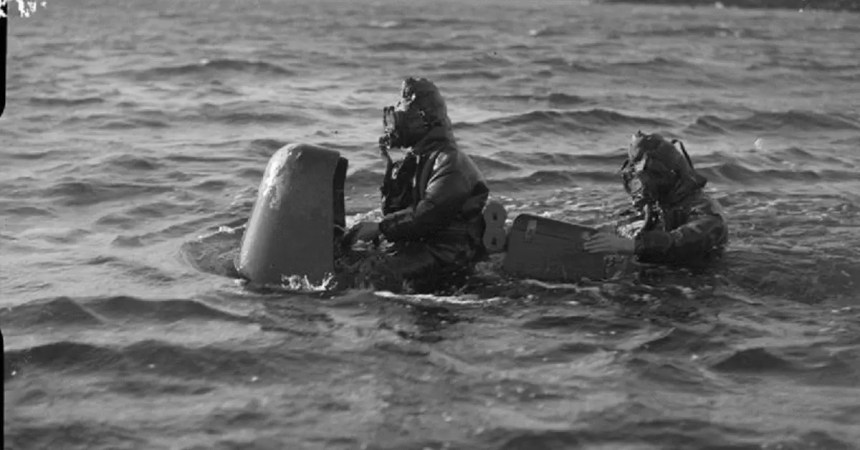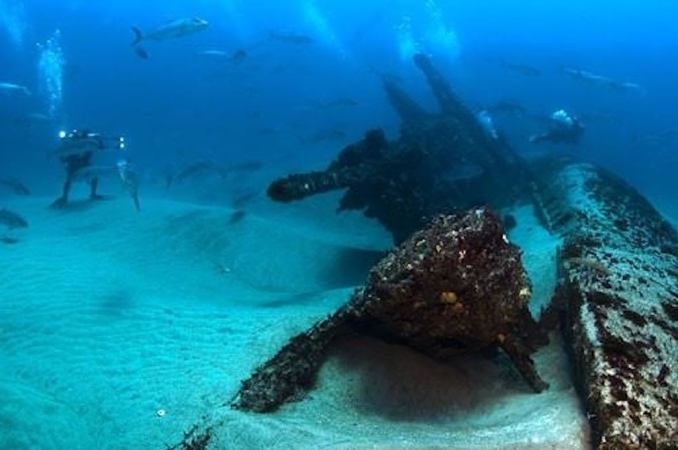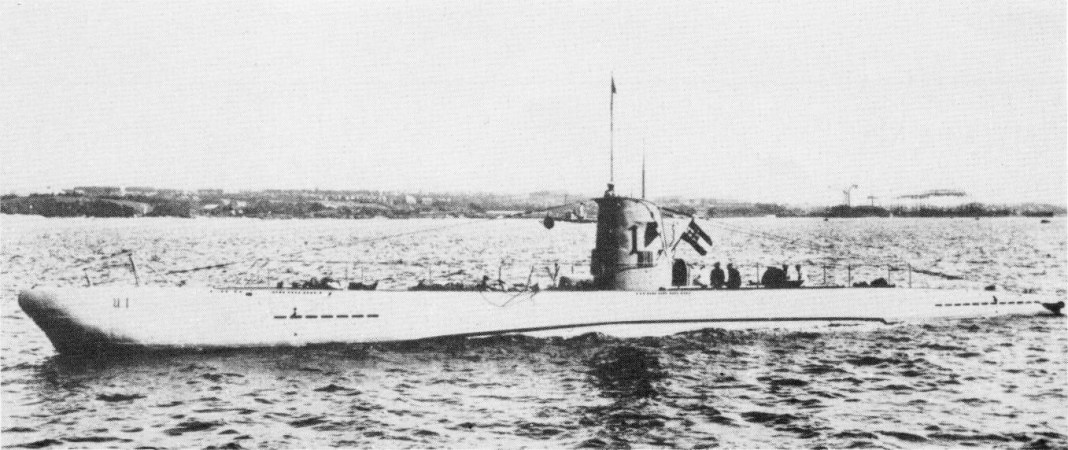When you think of “midget submarines” in the context of World War II, Japan’s spring to mind. It makes sense seeing as they played a role in the attack on Pearl Harbor — in fact, one such submarine was found beached near Oahu, exhumed, and then taken on tour to help the U.S. sell war bonds. But Germany and Italy also deployed midget submarines during the Second World War.
None of these subs racked up the huge kill counts of their full-sized counterparts. One of the big reasons for that was that these submarines just didn’t have a lot of speed (one of Germany’s most successful mini-subs could reach a top surface speed of seven knots). They also lacked endurance. That said, midget submarines came with a number of advantages: They were hard to locate, harder to kill, and didn’t require much in the way of materials, personnel, or fuel.

Captured German Seehund midget submarines lined up.
(British Ministry of Defense)
Germany’s most successful midget submarine was the Seehund, which had a blistering top speed of three knots while submerged. It could go about 300 miles and carried two torpedoes. This sub managed to sink a freighter off the coast of Great Yarmouth, but it rarely saw action — less than half of the 285 built saw active service.
Italy, on the other hand, can lay claim to some serious bragging rights for pulling off what was perhaps the most successful midget submarine attack of World War II. On December 18, 1941, three human torpedoes, essentially primitive versions of today’s swimmer delivery vehicles, infiltrated the British naval base in Alexandria, Egypt.

A human torpedo, similar to that used in the December 18, 1941 raid on Alexandria that damaged four Allied ships.
(Photo by Myrabella)
Italian frogmen, under the command of Luigi Durand de la Penne, used the human torpedoes to place mines on the battleships HMS Queen Elizabeth and HMS Valiant, as well as a British destroyer and a Norwegian tanker. The two battleships were damaged badly — enough to keep them out of action for months. De la Penne later has honored by the Italian Navy who named a destroyer after him.
Learn more about the German and Italian midget subs in the video below!


